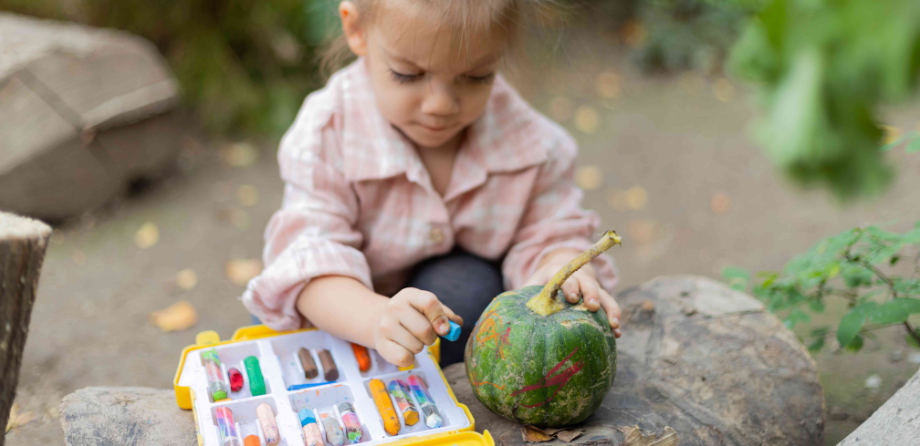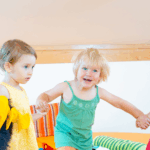
Top tips: Outdoor art inspiration
The outdoor environment is a wonderful resource – an ever-changing canvas for creativity, imagination and exploration. It offers endless opportunities for children to express themselves, experiment with materials and engage their senses while connecting with the natural world. Inspire your team to see the outdoors as a source of inspiration and creativity for your little artists. Check out our top tips for outdoor art inspiration.
Top tips for art inspiration
- Model enthusiasm and value outdoor art just as much as indoor creative experiences. Encourage your team to see puddles, mud and leaves as exciting artistic tools and materials
- Provide practical ideas and training so staff feel confident using natural resources creatively. Support them in exploring the colours, textures, shapes and patterns found outdoors
- Connect outdoor art to the curriculum and help your team see its potential to spark curiosity, wonder and creativity. Emphasise how these experiences support learning and development through open-ended play and exploration
- Celebrate the process, not the product. Emphasise the joy of discovery, experimentation and creativity rather than focusing on finished artwork
- Use the seasons and environment as inspiration. Encourage planning that reflects seasonal changes and local, natural features to deepen children’s connection with their surroundings. For example, take a trip to a local natural area or tree each season to observe and record the changes over time
- Support your team to capture children’s outdoor art through photos and observations to celebrate and share with the children and their families
- Refresh ideas regularly by rotating materials, exploring new spaces and encouraging children to lead their own creative projects outdoors.
NDNA products to help you with this tip
Outdoor play – Publication
Expressive Arts & Design nursery training – Face to face training
Disclaimer: Activities with children must always be risk assessed, including for allergies or choking. Children must always have adequate supervision. Resources and materials must always be appropriate for children’s age and stage of development.
- MyNDNA
- Tips
Similar Articles
Early years activity: Indoor jungle safari adventure

Top tips for indoor physical play


